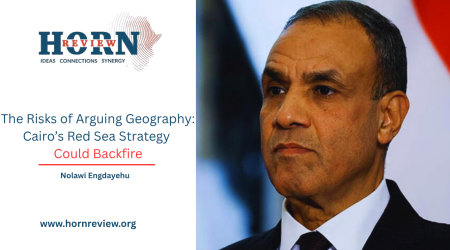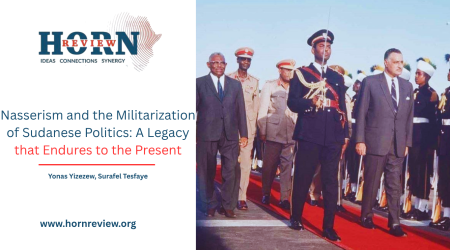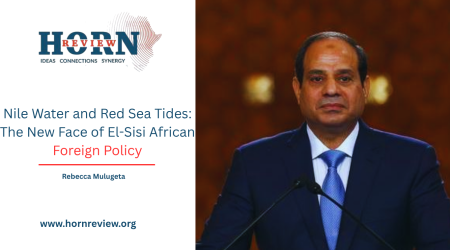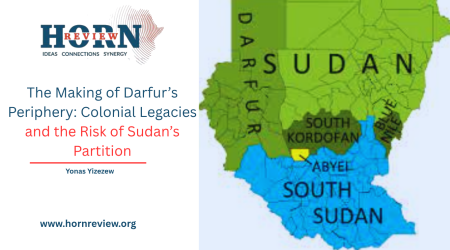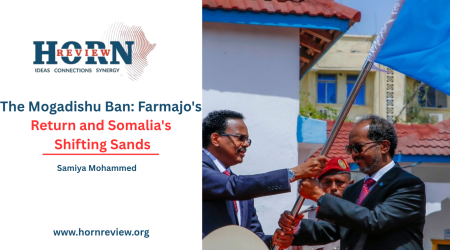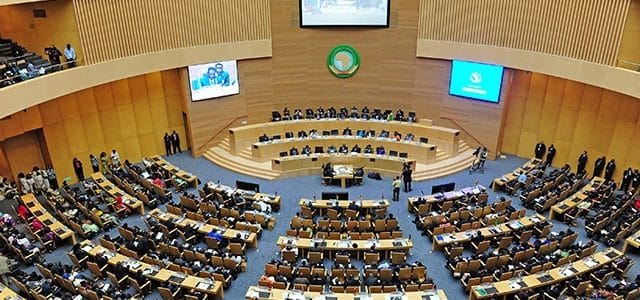
24
Apr
The African Union Reform: Ambition, Division, and the Unfinished Quest for Continental Unity
The African Union’s institutional reform, initiated in 2016, aims to strengthen the AU’s ability to achieve its goals that envisions a united, prosperous, and peaceful Africa. Born from the recognition that the continent’s premier body had become a vessel adrift in bureaucratic inertia, the reforms seek to anchor the AU to the bedrock of Agenda 2063, Africa’s blueprint for an integrated, prosperous future. Led initially by President Paul Kagame of Rwanda and later supported by H.E. Ruto, the reform tackles issues like inefficiency, fragmentation, and dependence on external funding.
The African Union Reform prioritizes five areas: focusing on key continental issues such as peace, Security, and economic integration; improving AU institutions for better performance; engaging African citizens more effectively; enhancing operational efficiency; and securing sustainable funding. These goals are designed to make the AU a more capable organization, able to address Africa’s needs and promote unity across the continent.
Financial independence remains the cornerstone of the reform. The introduction of a 0.2% levy on eligible imports was designed to reduce reliance on external donors, whose priorities often overshadowed Africa’s needs. While over half of member states now contribute fully, uneven implementation reveals a tension between national sovereignty and continental solidarity. The revitalized Peace Fund, now holding nearly $400 million, marks progress in addressing conflicts, yet disbursements lag behind escalating security demands. These efforts highlight a dual reality: the AU’s ambition for self-sufficiency is both a rallying cry and a test of collective commitment.
Institutional restructuring has brought tangible changes. The African Union Commission, once burdened by overlapping departments, has streamlined its operations, prioritizing merit-based leadership and clearer mandates. However, critical gaps persist. The Pan-African Parliament and judicial bodies remain constrained by advisory roles, their potential as democratic pillars stifled by unresolved reforms. Similarly, the AU’s relationship with Regional Economic Communities (RECs) reflects both progress and friction. Protocols to enhance coordination signal a future of shared responsibility, yet some member states resist ceding authority, creating parallel structures that undermine unity. The AU’s challenge lies in balancing the autonomy of its 55 member states with the urgency of cohesive action.
Citizen engagement, though central to the reform’s vision, remains an unfinished chapter. Initiatives like the African Passport and Youth Corps aim to bridge the gap between institutions and ordinary Africans. Still, the absence of direct elections for the Pan-African Parliament and limited civil society participation underscore a disconnect between rhetoric and reality. For the AU to evolve from a diplomatic forum into a true representative body, it must amplify grassroots voices—particularly those of women, youth, and marginalized communities—transforming passive audiences into active stakeholders.
Despite these advances, the reform faces significant obstacles. The restructuring of some AU bodies, such as the Pan-African Parliament and judicial institutions, remains unfinished. The roles of the AU, RECs, and member states are not fully defined, causing overlap and inefficiency. Some countries resist giving more power to the AUC, reflecting tensions between national control and continental goals. Financial contributions are inconsistent, with not all states adopting the import levy or paying on time, which weakens the AU’s stability. Lengthy Assembly agendas and unclear leadership roles between the AU and AUC Chairpersons also slow progress. Overcoming these issues requires greater commitment and agreement among member states.
The reforms’ ripple effects extend beyond governance. A streamlined AU could amplify Africa’s global influence, leveraging its G20 membership to advocate for equitable partnerships and climate justice. Economically, stronger AU-REC synergy might accelerate the African Continental Free Trade Area, unlocking intracontinental trade and infrastructure development. Conversely, stagnation risks cementing the AU’s reputation as a body long on vision but short on execution—a fate that would diminish its relevance in an era of geopolitical shifts and existential challenges like climate change and migration.
Looking ahead, the AU’s success hinges on sustained political will and adaptive leadership. Member states must view financial contributions not as burdens but as investments in collective agency.
Leadership transitions, like President Ruto’s takeover, must maintain reform momentum without diluting rigor. Crucially, the AU must foster a culture of accountability, ensuring resolutions translate into tangible outcomes for citizens.
The journey ahead is neither linear nor guaranteed. Yet, the reforms offer a blueprint for an AU that is agile, self-reliant, and deeply connected to its people. By anchoring its efforts in the aspirations of Agenda 2063, the Union can navigate the turbulent waters of global uncertainty and internal discord. The true measure of success will lie not in the elegance of policy frameworks, but in their ability to uplift lives, secure peace, and unite a continent in pursuit of its shared destiny.
By Tsegaab Amare, Researcher, Horn Review

